Пособие по обучению практике устной и письменной речи (начальный этап) на английском языке Под ред. О. В. Серкиной
 Скачать 17.03 Mb. Скачать 17.03 Mb.
|
1Second best: a semi-detachedT 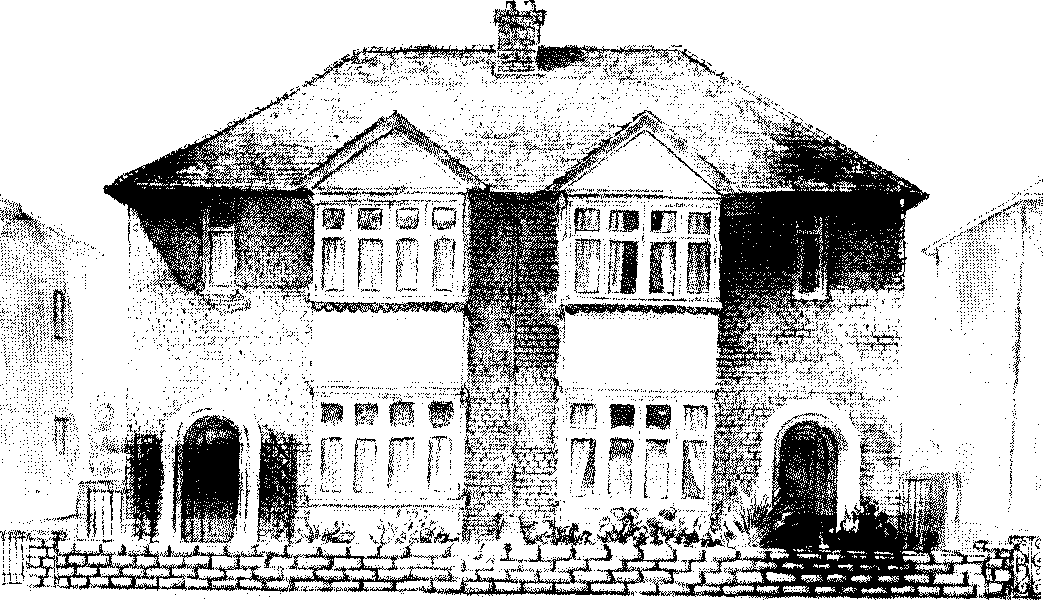 hese houses share a central wall. Unless they are located in the remotest parts of the country, detached houses are too expensive for most people. So this is what a very large proportion of people live in: one building with two separate households. Each house is the mirror of the other, inside and out. These houses can be found, street after street, in the suburbs of cities and the outskirts of towns all over Britain. There is usually a separate front garden for each house. At the sides, there is access to the back, where there will also be two gardens. The most common building material is brick. The typical semi-detached has two floors and three bedrooms. Less desirable: a terraced house (AmE. a row house)T 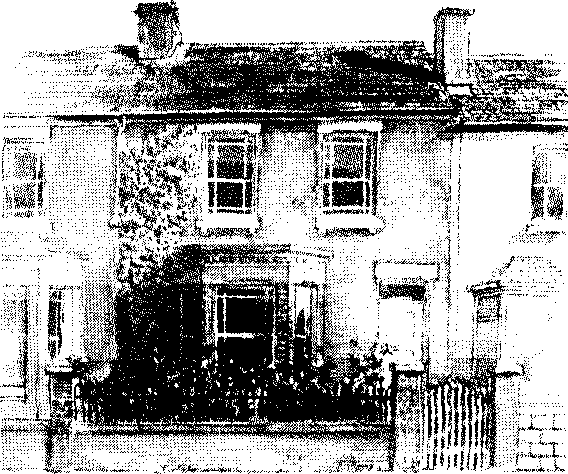 erraced houses are attached to each other in a long row. This kind of house usually has no way through to the back except through the house itself. Each house in the row is joined to the next one. (Houses at the end of the row are a bit more desirable - they are the most like semi-detached). They usually have two (sometimes three or four) floors, with two bedrooms upstairs. Some have gardens at the back and front, others only - at the back and others no garden at all. Before the 1960s, Britain had millions of terraced houses, most with no inside toilet or bathroom. Many of these were then knocked down, but in some areas those that have survived have become quite desirable - after repairs and building work have been carried out. An exception: a town house (AmE. a brownstone) 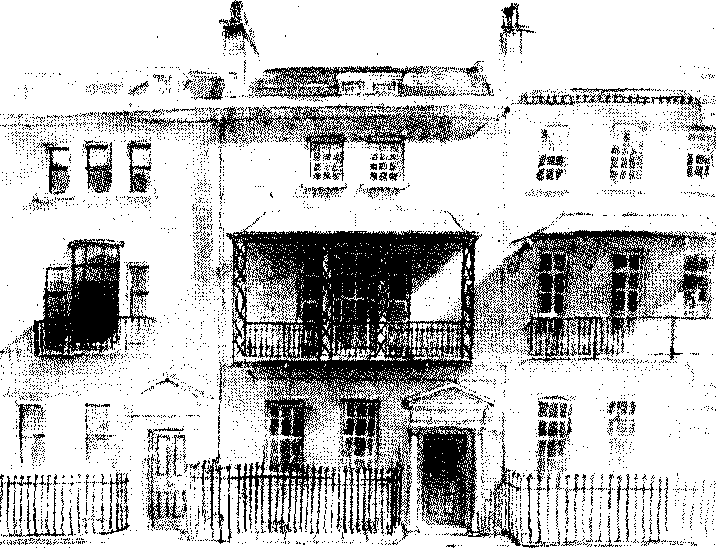 These houses, which can be found in the inner areas of most cities, are an exception to the general pattern. There is a great variety regarding both design and use. They often have three or more floors, perhaps including a basement or semi-basement. Although they are usually terraced, those that are well-preserved and in a 'good' area may be thought highly desirable. Many have been broken up into flats or rooms for rent. Most of the comparatively small number of people who rent from private owners live in flats of this kind. Sometimes, these are 'self-contained' flats (they have washing and cooking facilities and it is not necessary to walk through anybody else's flat to get to your own); sometimes, they are 'bedsits' (i.e. bed-sitting rooms; residents have one room to themselves and share washing and cooking facilities with other residents). The least desirable: a flat in a block of flats (AmE. an apartment complex)A 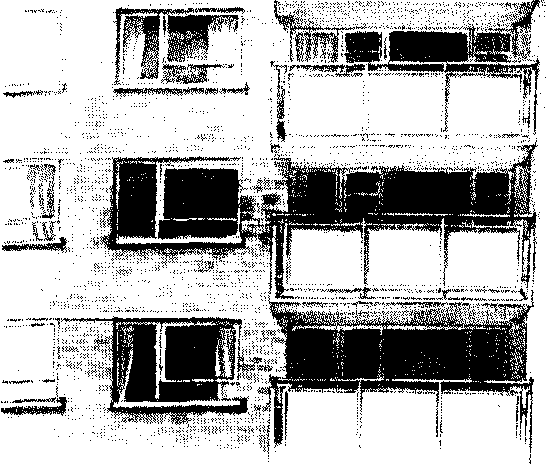 block of flats is a large building divided into separate parts (especially flats or offices). Not having a separate entrance to the outside world does not suit British tastes. Although it is densely populated, Britain has the second lowest proportion of flat-dwellers in the European Union (the lowest of all is in Ireland). O 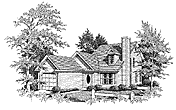 ther choices: a country cottage ther choices: a country cottage Country cottages are often stone buildings which were part of a farm. Some country cottages are very old and they may have a thatched or tiled roof. Today many people who work in the cities buy cottages, so that they have a place to go to for the weekend. Other choices: 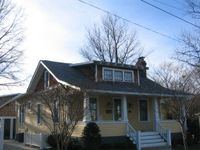 a bungalow a bungalowA bungalow is a house where all the rooms are on the ground floor. As there are no stairs, many older people dream of going to live in a bungalow when they retire. Other choices: 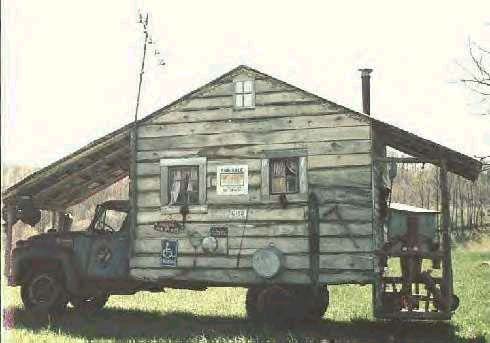 a mobile home a mobile home It is a type of house made of metal that can be pulled by a large vehicle and moved to another place. b) Study the following home styles and think how often they can be found in Russia. A squat is an empty building where people start living without the owner’s permission. A hovel is a very poor, dirty house or flat in a bad condition. A pied à terre [pi'eid ә 'ter] is a small flat or house in a city owned or rented by people in addition to their main home and used when they are visiting the city. A penthouse is a luxury flat at the top of a building. Council housing is provided by the state for people who cannot afford to buy their own homes. High-rise flats are flats in a tall, modern building with a lot of floors. A granny flat is a set of rooms for an elderly person, connected to a relative’s house. Today many people want to get out of the rat race (=unpleasant way in which people struggle competitively for wealth or power) and live a less stressful or less conventional lifestyle. They choose from a range of modern lifestyles: Feng Shui, minimalism, post-modernism or New Age. Feng Shui is a Chinese philosophy which states that the position of buildings and the arrangement of objects in the home affects the health and well-being of people living there. Minimalism is a style which involves using the smallest possible range of materials, colours, etc. and only the most simple shapes or designs. Post-modernism is a style of architecture, the arts, etc. popular in the 1980s and 1990s, which includes features from several different periods. New Age is a way of life and thinking which developed in the late 1980s and includes a wide range of beliefs and activities, e.g. astrology, alternative medicine, that are not accepted by most people and a reaction against modern scientific and economic developments. Subsistence farming is where people live by growing just enough food for their own family. T c) Study the vocabulary used to describe a house. Learn the vocabulary. hings you can find in and around the house: roof, chimney, chimneypot, aerial/ antenna, skylight, drainpipe/ drain, gutter, porch, front door, garage, drive/ driveway, letter-box/ mail box, phone box, fence, gate, lamppost, street lamp, dustbin, path, road, curb, flowerbed, bush, clothes line, stair/ staircase, swing, hammock; House equipment and conveniences: running water, tap (AmE. faucet), central heating, plumbing, lift (AmE. elevator), air conditioning, electricity, current, live, mains switch, wire/ wiring, switch, socket, plug, cable TV, gas, entryphone system, yale lock, fire-place, wall lamp, chandelier, upper lights, floor lamp, sink, wash-basin; Household activities and the tools you might need: housewarming, to keep/to run the house, to do the housework, to help around the house, to iron, to remove spots, to lay the table, to answer the bell, to screw in a bulb, to turn out a burnt-out bulb, fuse, bulb, blade, chisel, file, hammer, nail, nut, pincers, pliers, plug, saw, scissors, screw, vice; Materials and their qualities: oil, paper, water, paint, cement, concrete, gravel, stone, petrol, brick, flexible, tough, rough, solid, liquid, fragile. u 1.5. Look at the pictures and study the vocabulary used for describing each room or the house. Learn the vocabulary. tility room – used for a washing machine, freezer, etc. shed – small building separated from the house usually for storing garden tools. attic – room in the roof space of a house (could be lived in) loft – space in the roof of a house usually used only for storage cellar – room below the ground level, has no windows, used for storage basement – room below the ground level, has windows, for living/ working landing – flat area at the top of a staircase hall – open area as you come into a house porch – covered area before an entrance-door pantry/ larder – large cupboard (usually big enough to walk into) for storing food terrace/ patio – paved area between house and garden for sitting or eating. study – room for reading/ wring/ studying in bedsit – bedroom and living room all in one efficiency – small apartment usually with only one room, that is meant to be easy to take care of K 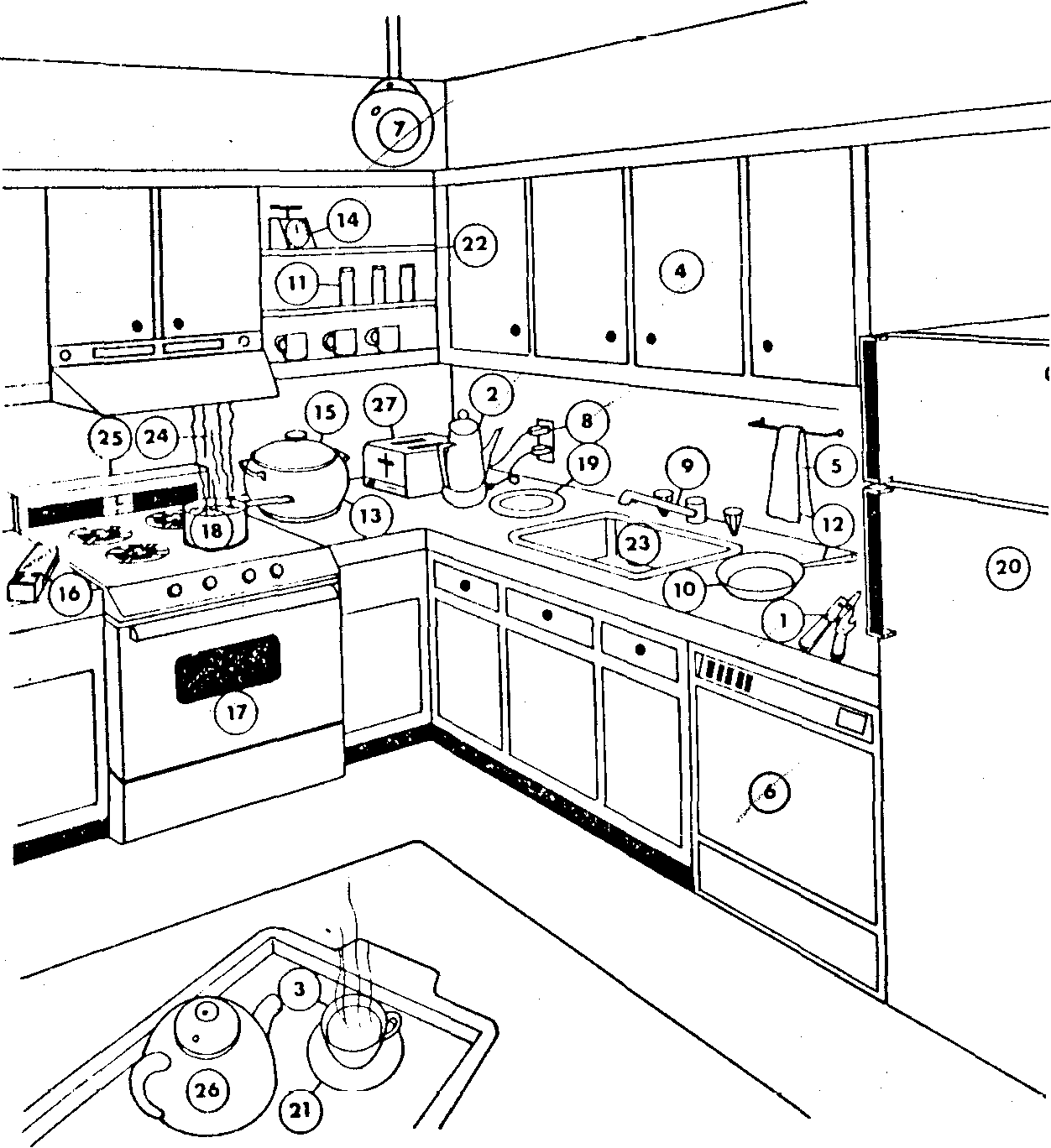 itchen 1. can opener 2. coffeepot 3. cup 4. cupboard (kitchen cabinet) 5. dish towel 6. dishwasher 7. electric light 8. electric plug 9. faucet 10. frying pan 11. glass 12. handle 13. kettle 14. kitchen scales 15. lid 16. matchbox 17. oven 18. pan or saucepan 19. plate 20. refrigerator/ fridge 21. saucer 22. shelf 23. sink 24. steam 25. stove /cooker 26. teapot 27. toaster Other appliances and utensils that can be found in the kitchen juice extractor, pressure cooker, cake tin, basket, thermos /vacuum bottle, coffee grinder, mincer/ mincing machine (AmE. meat grinder), microwave oven, spice jars, grater, rolling pin, plate/ dish rack, cooker hood, pot holder, salt cellar, cruet, pepper box, mustard pot, corkscrew, knife, fork, spoon, whisk, washing machine, dust pan, bucket/ pail, broom |
